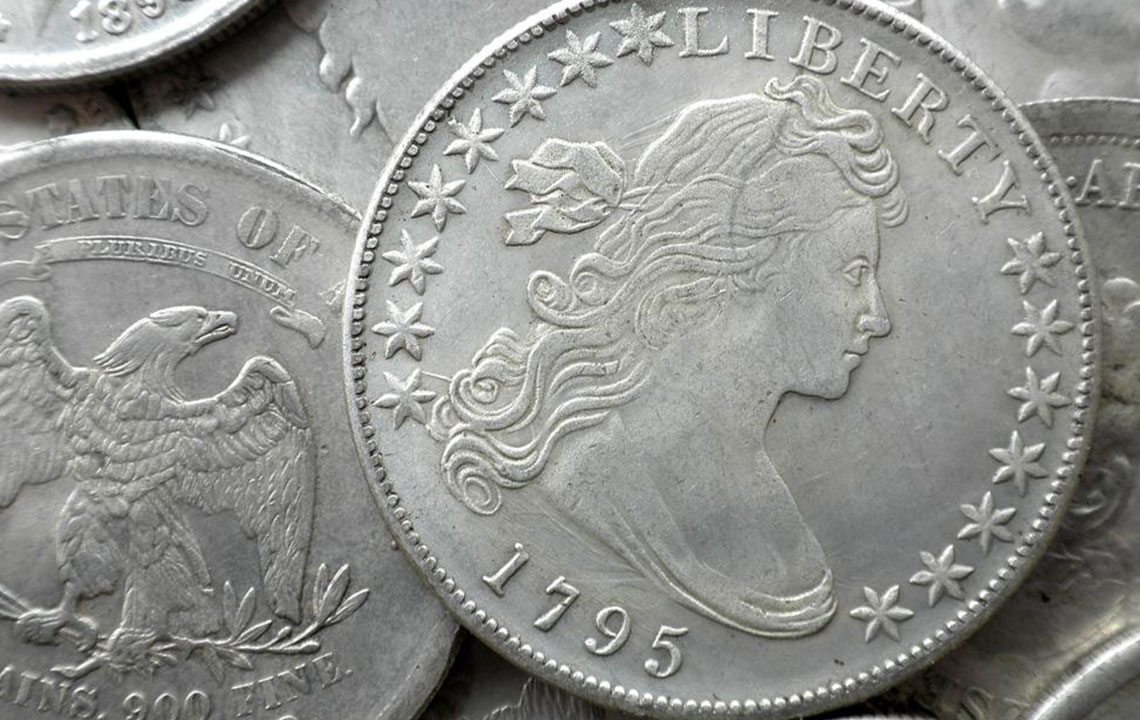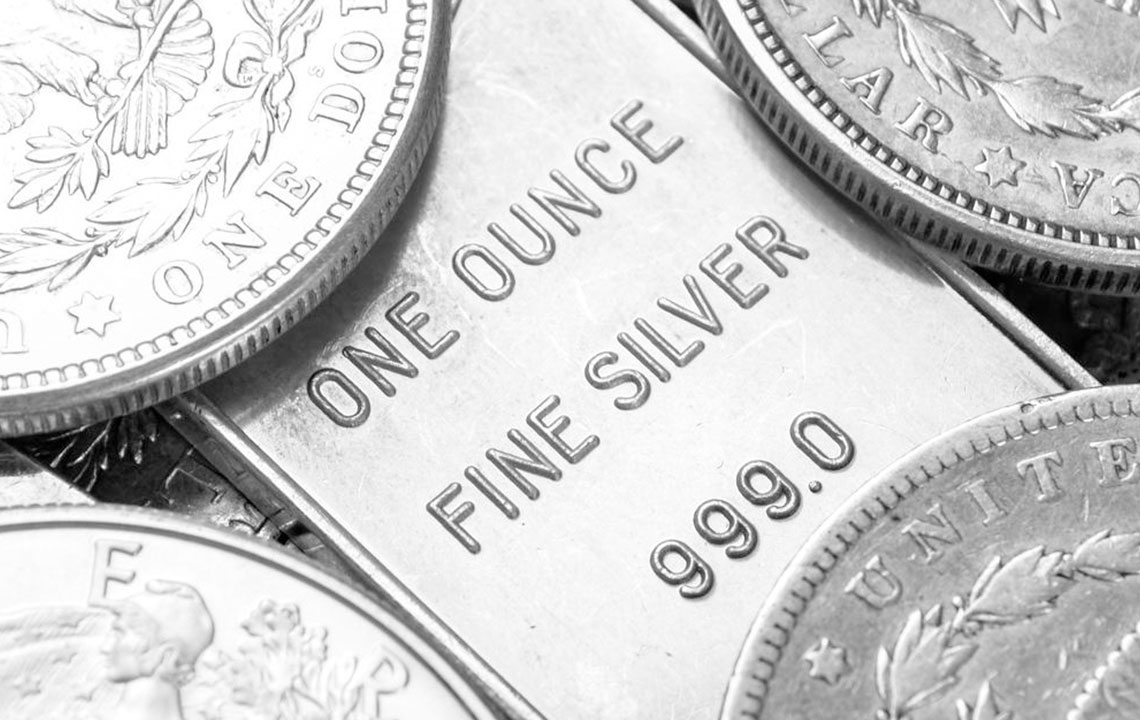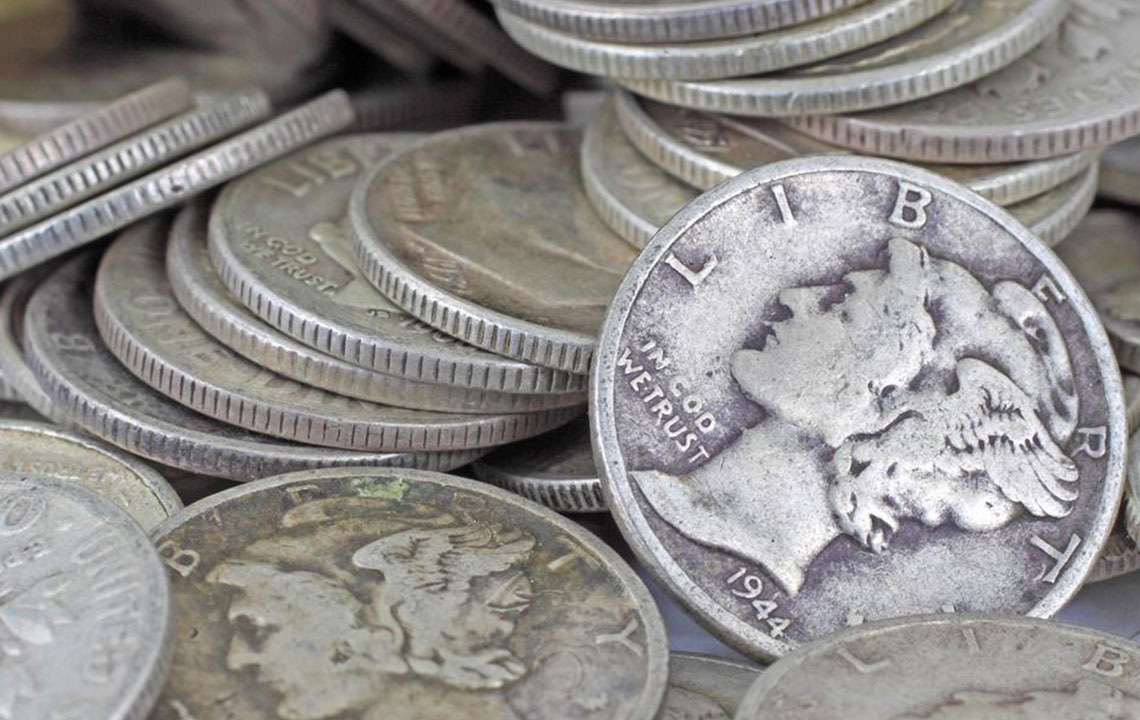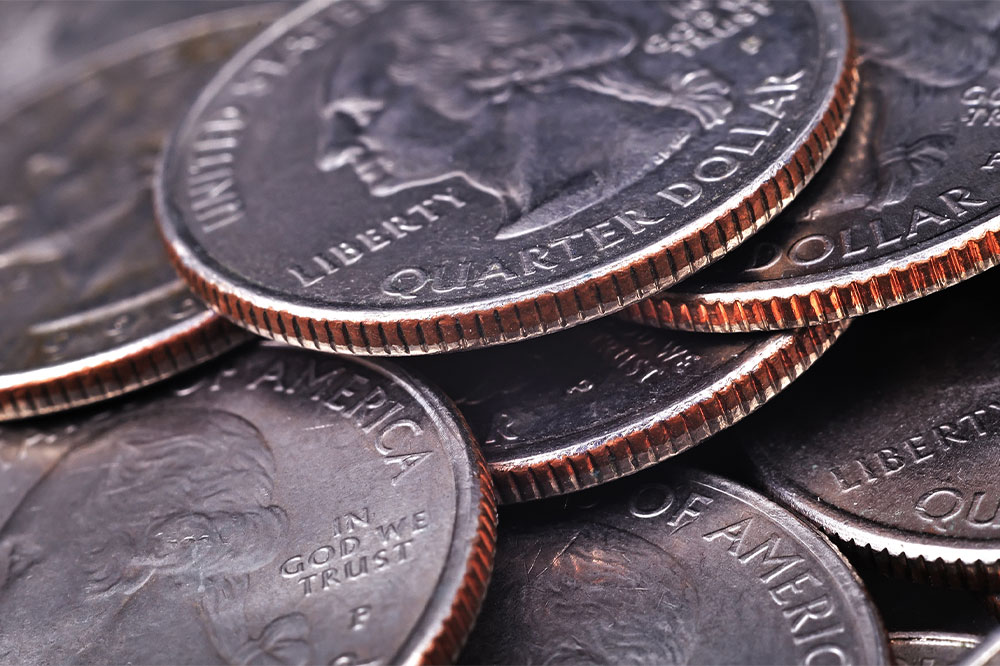Comprehensive Guide to Different Types of Silver Bars for Investors
This comprehensive guide explores the diverse types of silver bars available for investors, including bullion and artistic art bars. It provides insights into their features, benefits, and key considerations for building a robust silver investment portfolio. Understanding these options helps investors make smarter choices to maximize their investment potential in the silver market.

Comprehensive Guide to Different Types of Silver Bars for Investors
Investing in silver has become an increasingly popular choice among investors seeking diversification and a hedge against economic fluctuations. A critical aspect of silver investment involves understanding the various types of silver bars available in the market. Each type offers unique features, benefits, and considerations that can influence your investment strategy. Knowing the differences among silver bullion bars, artistic art bars, and other forms enables investors to make informed decisions aligned with their financial goals.
Before diving into purchasing silver bars, it’s essential to clarify your investment objectives. Are you looking for quick liquidity, long-term wealth preservation, or collector’s items? Your goals will determine the best type of silver bar to buy. Not all silver bars are created equal; they come in different shapes, sizes, designs, and purities that cater to different needs and preferences. This comprehensive guide aims to detail the most common and sought-after silver bars, their characteristics, advantages, and factors to consider when adding them to your portfolio.
Bullion Silver Bars: The Cornerstone of Silver Investment
The most widely recognized and traded form of silver bars is bullion silver bars. These bars are highly popular among investors and traders because they are straightforward in terms of purity and weight. Their primary value stems from their silver content, making them perfect for those looking to add physical silver to their investment portfolio. Bullion silver bars are favored for their liquidity, ease of storage, and close alignment with the spot silver price.
Silver bullion comes in various shapes, primarily rectangular bars, rounds, and occasionally triangular or other geometric forms. Among these, rectangular bars and ingots are the most common because they are easy to stack, store, and transport. These bars often come in standardized weights ranging from 1 ounce, 5 ounces, 10 ounces, and 100 ounces, with 1 kilogram options also widely available. The uniformity in shape and weight simplifies the valuation process and resale, making them a practical choice for both new and experienced investors.
The pricing of bullion silver bars is typically close to the silver spot price, with small premiums added for manufacturing, branding, and distribution. As such, bullion bars offer an excellent opportunity for investors to acquire silver close to market value, maximizing potential gains upon resale. Investing in high-quality, certified bullion bars ensures purity and weight accuracy, which are crucial for maintaining the investment’s integrity over time.
Artistic and Collector Silver Bars
Beyond the pure bullion options, there is a vibrant market for artistic and collector silver bars known as art bars. These bars are distinguished by their intricate designs, creative motifs, or portrayals of historical events, artists, or cultural themes. The artistic appeal of these bars often elevates their market value above that of simple silver content, especially for collectors and enthusiasts.
While art bars contain the same silver purity as bullion bars, their primary appeal lies in their aesthetic and collectible nature. They often feature detailed engravings, unique shapes, and limited editions that make each piece a potential collector’s item. Due to their artistic uniqueness, art bars may command premiums over the spot silver price, reflecting their rarity and desirability among collectors.
Investors should exercise caution and conduct thorough research when purchasing art bars. While they can add diversity to a silver portfolio and have potential appreciation in value, they are less liquid than standard bullion bars. Additionally, authenticity and quality certificates are vital to ensure the credibility and authenticity of the artwork and silver purity.
Other Types of Silver Bars and Shapes
In addition to bullion and art bars, the market offers a range of other silver bar types designed for specific purposes or preferences. For example, silver rounds, which are similar in size to coins but are not legal tender, are popular for their flexibility in shape and design. Commemorative bars or shapes shaped like animals, objects, or thematic motifs also cater to niche markets of collectors and investors.
Shape and size variations extend to more exotic forms such as triangular or hexagonal bars, each offering a different aesthetic and handling experience. Some investors prefer smaller American Silver Eagles or Mexican Libertad-like shapes for ease of handling or thematic collection purposes.
When choosing these options, consider factors like liquidity, resale value, storage, and personal preference. It’s essential to verify the purity, weight, and authenticity of any non-standard silver bar and to purchase from reputable dealers to avoid counterfeit products.
Key Factors to Consider When Purchasing Silver Bars
Before investing in any silver bars, potential buyers should evaluate several important factors:
Purity: Ensure the silver bar has a minimum purity of 99.9% (999 fine silver), verified by certification or assay marks.
Weight: Choose a weight that aligns with your investment capacity and liquidity needs. Common options include 1 oz, 10 oz, and 1 kg.
Brand and Certification: Purchase from reputable mints or manufacturers that provide authenticity certificates and markings indicating the silver’s origin and purity.
Premiums: Be aware of the premiums above spot price, which depend on the manufacturer, design, rarity, and market conditions.
Storage and Security: Consider secure storage solutions, including safe deposit boxes or private vaults, especially for large holdings.
Resale Value: Think about how easily the silver can be sold or traded, especially for non-standard or collectible bars.
In conclusion, understanding the various types of silver bars—ranging from practical bullion bars to artistic collector pieces—enables investors to build a diversified and resilient silver portfolio. Each type offers unique benefits, whether for liquidity, aesthetic appeal, or collector interest. By carefully assessing your investment goals and choosing high-quality, certified silver bars, you can effectively leverage silver’s potential as a valuable asset. Continuous research, reputable sourcing, and strategic storage are keys to maximizing your silver investment's success.





